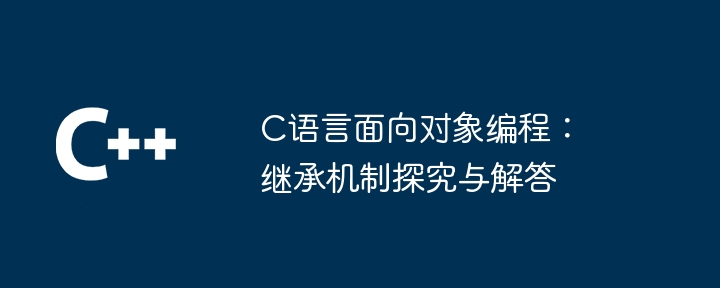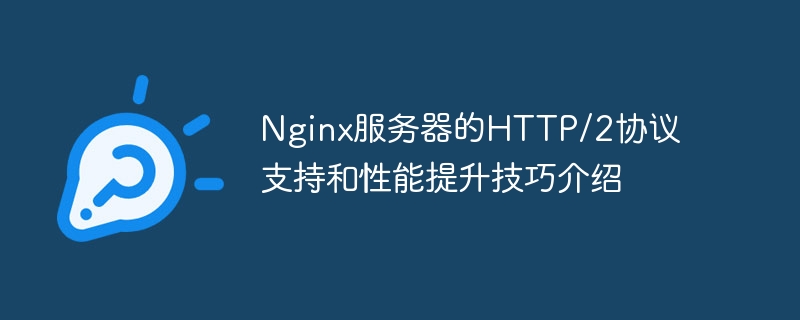
如何为WordPress插件添加文章分类管理功能
WordPress是目前使用最广泛的内容管理系统之一,它提供了丰富的插件来扩展其功能。如果你是一个插件开发者,可能会遇到需要为你的插件添加文章分类管理功能的需求。本文将为你介绍如何为WordPress插件添加文章分类管理功能,并提供代码示例供参考。
创建分类首先,我们需要为插件创建一个新的文章分类。可以通过使用register_taxonomy()函数来完成这一任务。以下是一个示例代码:// 在插件的主活动文件中添加以下代码
function custom_plugin_taxonomy() {
$labels = array(
'name' => _x( '插件分类', 'taxonomy general name', 'textdomain' ),
'singular_name' => _x( '插件分类', 'taxonomy singular name', 'textdomain' ),
'search_items' => __( '搜索分类', 'textdomain' ),
'all_items' => __( '所有分类', 'textdomain' ),
'parent_item' => __( '父级分类', 'textdomain' ),
'parent_item_colon' => __( '父级分类:', 'textdomain' ),
'edit_item' => __( '编辑分类', 'textdomain' ),
'update_item' => __( '更新分类', 'textdomain' ),
'add_new_item' => __( '添加新分类', 'textdomain' ),
'new_item_name' => __( '新分类名称', 'textdomain' ),
'menu_name' => __( '分类', 'textdomain' ),
);
$args = array(
'hierarchical' => true,
'labels' => $labels,
'show_ui' => true,
'show_admin_column' => true,
'query_var' => true,
'rewrite' => array( 'slug' => 'plugin_category' ),
);
register_taxonomy( 'plugin_category', array( 'post' ), $args );
}
add_action( 'init', 'custom_plugin_taxonomy', 0 );
在上面的代码中,我们使用register_taxonomy()函数来创建一个名为plugin_category的新文章分类。这个分类具有一些基本属性,例如名称、搜索文本和编辑操作等。
为插件启用分类管理现在,我们需要在插件中添加一个界面,让用户可以在文章编辑页面中选择和管理分类。我们可以使用钩子函数add_meta_box()来实现这一点。以下是一个示例代码:// 在插件的主活动文件中添加以下代码
function custom_plugin_taxonomy_meta_box() {
add_meta_box(
'plugin_category',
__( '插件分类', 'textdomain' ),
'custom_plugin_taxonomy_meta_box_callback',
'post',
'side',
'default'
);
}
add_action( 'add_meta_boxes', 'custom_plugin_taxonomy_meta_box' );
function custom_plugin_taxonomy_meta_box_callback( $post ) {
wp_nonce_field( 'custom_plugin_taxonomy_meta_box', 'custom_plugin_taxonomy_meta_box_nonce' );
$terms = get_terms( array(
'taxonomy' => 'plugin_category',
'hide_empty' => false,
) );
if ( ! empty( $terms ) && ! is_wp_error( $terms ) ) {
echo '<select name="plugin_category">';
foreach ( $terms as $term ) {
echo '<option value="' . $term->term_id . '">' . $term->name . '</option>';
}
echo '</select>';
}
}
在上面的代码中,我们使用add_meta_box()函数添加一个新的元框,用于显示分类选择框。在custom_plugin_taxonomy_meta_box_callback()函数中,我们使用get_terms()函数获取所有可用的分类,并输出一个下拉菜单供用户选择。
保存和更新分类最后,我们需要添加代码来保存和更新所选的分类。我们可以使用钩子函数save_post来处理这个任务。以下是一个示例代码:// 在插件的主活动文件中添加以下代码
function custom_plugin_taxonomy_save_meta_box_data( $post_id ) {
if ( ! isset( $_POST['plugin_category'] ) ) {
return;
}
if ( ! wp_verify_nonce( $_POST['custom_plugin_taxonomy_meta_box_nonce'], 'custom_plugin_taxonomy_meta_box' ) ) {
return;
}
if ( defined( 'DOING_AUTOSAVE' ) && DOING_AUTOSAVE ) {
return;
}
if ( ! current_user_can( 'edit_post', $post_id ) ) {
return;
}
$term_id = intval( $_POST['plugin_category'] );
wp_set_post_terms( $post_id, array( $term_id ), 'plugin_category' );
}
add_action( 'save_post', 'custom_plugin_taxonomy_save_meta_box_data' );
在上面的代码中,我们检查了分类选择框是否被选中,并使用wp_verify_nonce()函数验证提交的表单数据。然后,我们使用wp_set_post_terms()函数将所选分类保存到当前文章中。
通过以上步骤,你已经成功为你的WordPress插件添加了文章分类管理功能。用户现在可以在文章编辑页面中选择和管理分类,以实现更好的内容管理体验。
总结本文介绍了如何为WordPress插件添加文章分类管理功能,并提供了相关代码示例。通过使用register_taxonomy()函数创建分类,使用add_meta_box()函数添加界面,以及使用save_post钩子函数保存和更新分类,你可以将这一功能快速地集成到自己的插件中。希望本文对你有所帮助,祝你编写出更加强大的WordPress插件!
以上就是如何为WordPress插件添加文章分类管理功能的详细内容,更多请关注知识资源分享宝库其它相关文章!











发表评论